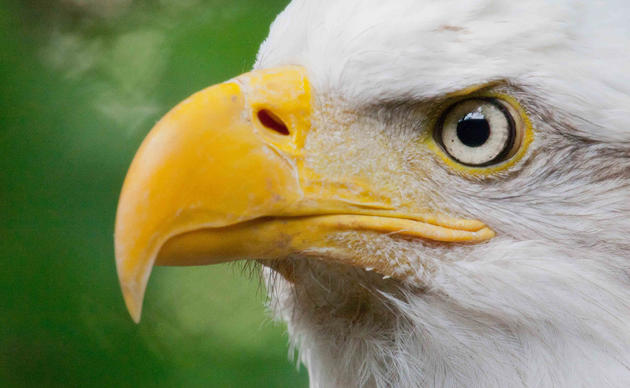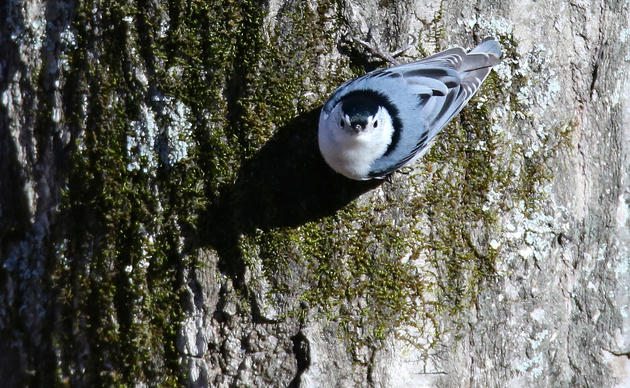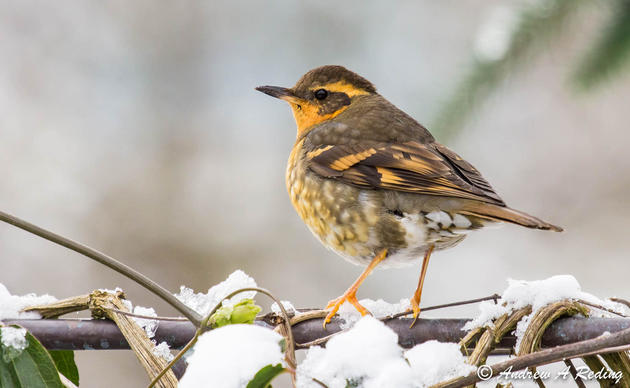Shorelines are essential for sustaining a vibrant food web in Puget Sound. They serve as crucial nursery habitats for forage fish, supporting the birds, salmon, and orcas that depend on them. Natural shorelines are foundational to healthy marine ecosystems, enhancing the resilience of coastal communities in the face of climate change. However, when these natural habitats are disturbed by shoreline armoring structures like seawalls, breakwaters, and riprap, the impacts on wildlife—especially birds, fish, and other marine species—can be severe, threatening the balance of the entire ecosystem.
What’s more, despite investments by the state and Tribes to restore Puget Sound shorelines, illegal installation of shoreline structures continues at an alarming rate. A 2022 report by the Friends of the San Juans highlighted troubling findings: 74% of shoreline armoring installed in San Juan County between 2009 and 2019 was unpermitted. This raised important questions about compliance with environmental laws, the enforcement capacity of regulators, and the root causes of noncompliance.
Unfortunately, new data from Island County indicates that the widespread installation of unpermitted shoreline armoring is not an isolated problem.
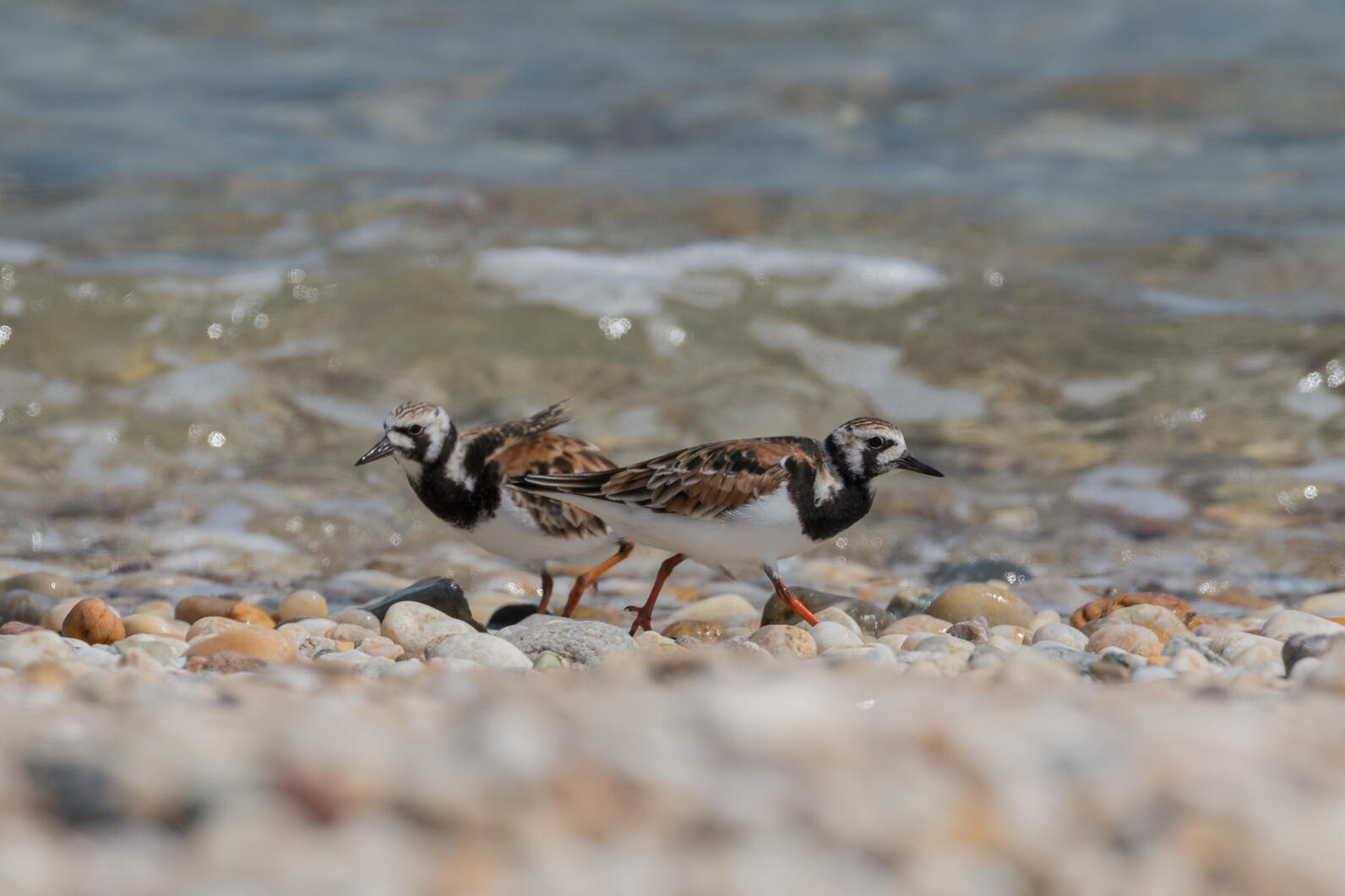
Island County Shoreline Armor Survey (Phase 1 and 2 Results)
A comprehensive analysis of shoreline armoring in Island County from 2016 to 2023 revealed that approximately 14,116 feet (nearly three miles!) of new shoreline armor was installed during the period. Disturbingly, 85% of this new armor was not associated with any approved permits. Only 14% was linked to approved permits, reflecting significant gaps in enforcement and compliance.
The survey also documented an alarming impact on forage fish habitats. Between 2016 and 2023, 7,864 feet of forage fish spawning habitat was armored, yet only 345 feet of this armor had the necessary permits. These findings underscore the urgent need for stronger regulatory oversight and education to protect ecosystems vital for the survival of marine birds, salmon, orcas, and other wildlife.
Why a Sound-Wide Approach is Essential
The patterns observed in Island and San Juan counties demonstrate why our state and local permitting authorities need to get more serious about managing shoreline armoring across Puget Sound. In 2023 we helped pass the the Puget Sound Shoreline Assessment Program, funded through the Shoreline Assessment Program bill (SB 5104), will provide critical data on the extent of current shoreline structures when it is completed in 2025. This comprehensive survey will give policymakers and conservationists an important tool needed to address systemic issues with shoreline management.
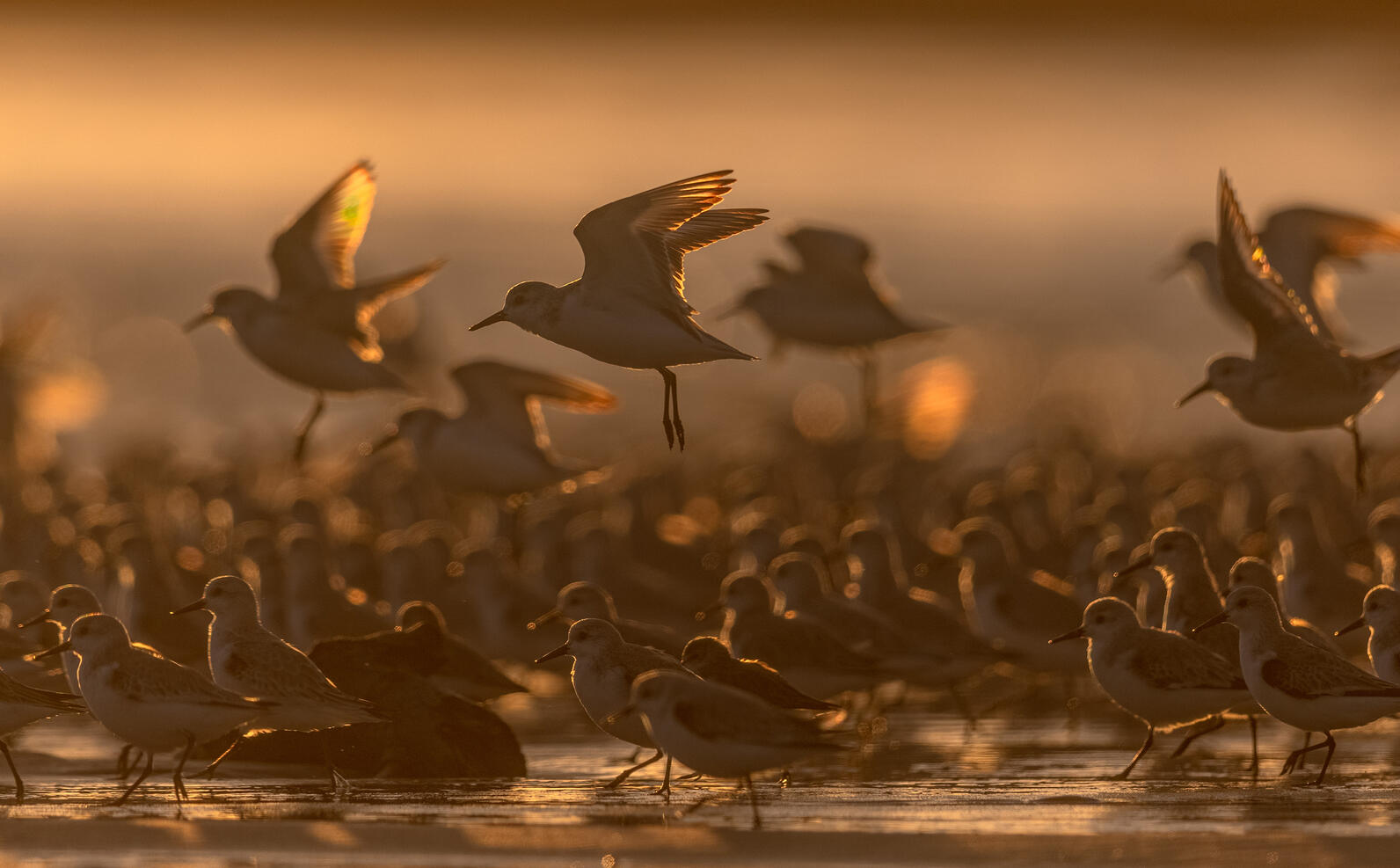
From Data to Action
To tackle these challenges, we are advocating for a multi-faceted approach:
- Expanded Education and Outreach: Programs like Shore Friendly, led by the Washington State Department of Fish and Wildlife (DFW), should be expanded to inform landowners and contractors about permitting requirements and the ecological consequences of shoreline armoring and assist them in pursuing alternatives, such as soft shoreline protection.
- Enhanced Enforcement: Agencies like the DFW need additional financial resources and political support to enforce shoreline regulations effectively. The Island County Phase 2 results demonstrate that current enforcement is insufficient to address widespread noncompliance.
- Data-Driven Policy: Findings from the Island County survey and the upcoming Puget Sound-wide survey should guide updates to shoreline management plans, emphasizing non-armored or nature-based solutions wherever feasible. The state also needs a more transparent and uniform system for tracking permits in the shoreline environment.
Why This Matters
Unpermitted shoreline armoring fragments natural ecosystems and accelerates habitat loss for birds and fish. Forage fish, which spawn on Puget Sound’s beaches and intertidal areas, are particularly vulnerable. These small fish are vital to the survival of salmon, marine birds, and orcas. Without stronger protections for these habitats, we risk further degrading the Puget Sound ecosystem.
Audubon Washington is committed to advocating for solutions that balance the needs of people and wildlife. By addressing this issue comprehensively, we can protect Puget Sound habitat, for birds and people, for generations to come.

